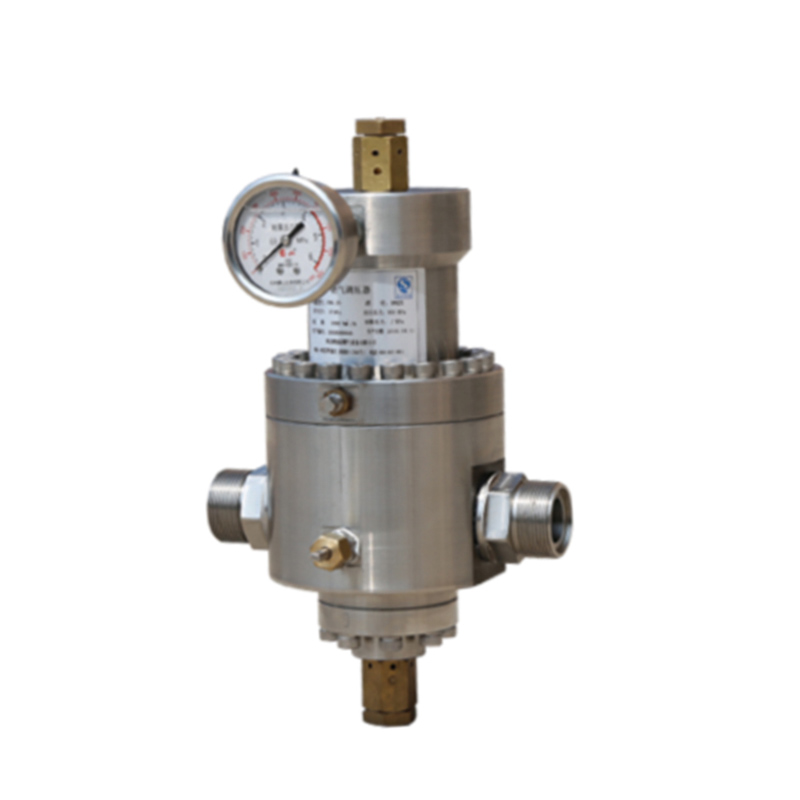
Dec . 13, 2024 02:22
Back to list
Pressure Management Strategies for Effective System Organization
Understanding Pressure Regulation Systems
Pressure regulation is a critical aspect of various industries and applications, ensuring safety, efficiency, and optimal functioning of systems relying on gas or fluid flow. This article delves into the intricacies of pressure regulation systems, exploring their purpose, types, and the significance of maintaining appropriate pressure levels.
What is Pressure Regulation?
Pressure regulation refers to the control and maintenance of fluid or gas pressure within a predetermined range. In many processes, such as in chemical manufacturing, HVAC systems, and automotive applications, maintaining specific pressure levels is vital to prevent equipment damage, ensure safety, and maintain system efficiency.
Importance of Pressure Regulation
1. Safety Uncontrolled pressure can lead to catastrophic failures, resulting in explosions or leaks. For example, in the oil and gas industry, regulating pressure in pipelines is essential to prevent ruptures that can lead to environmental disasters and loss of life.
2. Efficiency Systems that operate under optimal pressure conditions tend to perform better. For instance, in HVAC systems, proper pressure regulation ensures efficient air distribution, leading to reduced energy consumption and enhanced comfort levels.
3. Longevity of Equipment Equipment often has a designated pressure range within which it operates effectively. By regulating pressure, it is possible to extend the life of various components, reducing maintenance costs and downtime.
4. Quality Control In manufacturing, especially in processes involving liquids and gases, maintaining the right pressure is crucial for ensuring consistent product quality. Variations in pressure can lead to defects or failures in the production line.
.
1. Mechanical Regulators These are the most common types of pressure regulators, using mechanical components such as springs and diaphragms to maintain a steady output pressure. The design is typically straightforward, making them suitable for simple applications.
مزلقة تنظيم الضغط

2. Electronic Pressure Regulators Utilizing sensors and digital controllers, electronic regulators provide high precision in pressure control. These systems can adjust pressure levels automatically based on real-time feedback, making them ideal for complex processes that require tight pressure tolerances.
3. Proportional Control Valves These devices are often used in more advanced systems where precise control over pressure, flow, and temperature is necessary. They adjust the opening of a valve proportionally to the difference between the desired and actual pressure levels.
4. Pneumatic Control Systems In applications involving gases, pneumatic systems are often utilized for pressure regulation. They rely on compressed air to operate valves, maintaining pressure in systems such as pneumatic conveying or tools.
Applications of Pressure Regulation
1. Industrial Processes In chemical plants, pressure regulation is essential for reactors and distillation columns, ensuring safe and efficient operation.
2. Water Distribution In municipal water supply systems, pressure regulators help maintain consistent water pressure, preventing pipe bursts and ensuring adequate flow rates to consumers.
3. Medical Devices In healthcare, pressure regulation is vital in devices such as ventilators and gas delivery systems, ensuring patients receive the correct dosage and pressure of gases during treatment.
4. Food and Beverage In the food processing industry, maintaining proper pressure levels during bottling and packaging processes is crucial for product quality and safety.
Conclusion
Pressure regulation is an integral part of modern engineering and industrial processes. It not only enhances safety and efficiency but also extends the life of equipment and maintains product quality. Understanding the various types of pressure regulation systems and their applications can help industries optimize their operations, reduce costs, and improve safety standards. As technology progresses, the future of pressure regulation will likely witness even more sophisticated and precise systems, further underscoring the importance of effective pressure management in our daily lives and industries.
Latest news
-
Safety Valve Spring-Loaded Design Overpressure ProtectionNewsJul.25,2025
-
Precision Voltage Regulator AC5 Accuracy Grade PerformanceNewsJul.25,2025
-
Natural Gas Pressure Regulating Skid Industrial Pipeline ApplicationsNewsJul.25,2025
-
Natural Gas Filter Stainless Steel Mesh Element DesignNewsJul.25,2025
-
Gas Pressure Regulator Valve Direct-Acting Spring-Loaded DesignNewsJul.25,2025
-
Decompression Equipment Multi-Stage Heat Exchange System DesignNewsJul.25,2025

